Dimensions with the frame: 38 cm x 47 cm
Dimensions without the frame: 18 cm x 27 cm
Good condition.
A student of Charles-François Daubigny and Jean-Baptiste Camille Corot, he began his career in 1859 on the occasion of a commission for a copy of Géricault's painting, The Raft of the Medusa. He met Paul Cézanne in 1861 and introduced him to Édouard Manet. He frequented painters such as Camille Pissarro, Alfred Stevens, Claude Monet and Gustave Courbet. Between 1868 and 1869, Manet had Antoine Guillemet pose for his famous painting Le Balcon. From 1872, under the influence of his long friendship with Émile Zola, he turned to naturalism. Zola was inspired by Guillemet's revolutionary ardour to create the character of Gagnière in L'Œuvre. Although he was refused entry to the Salons of 1866 and 1867, success and honours came quickly. Named Chevalier of the Legion of Honour in 1880, Officer in 1896, Commander in 1910, he helped Monet and supported Cézanne. The only painting by Cézanne received at the Salon was thanks to Guillemet3 in 1882, when he was a member of the jury. A descendant of a Rouen shipowner, Guillemet discovered the Cotentin and the Val de Saire in 1881, which inspired works such as The Beach at Saint-Vaast-la-Hougue exhibited at the 1881 Salon, Morsalines (1882 Salon), The Hamlet of Landemer (1886 Salon), The Bay of Morsalines and La Hougue (1887 Salon), The Sailors' Chapel at Saint-Vaast-la-Hougue (1888 Salon), The Bay of Saint-Vaast and Coup de vent (1890 Salon), Saint-Vaast-la-Hougue (1893 Salon), Low Seas on Saint-Vaast-la-Hougue (1895 Salon), Barfleur (1896 Salon), and The Tower of La Hougue (Paris Universal Exhibition of 1900). The Fécamp museum preserves one of his landscapes: The Village of Moret (1876). Guy de Maupassant dedicated the short story The Baptism to him in January 1884


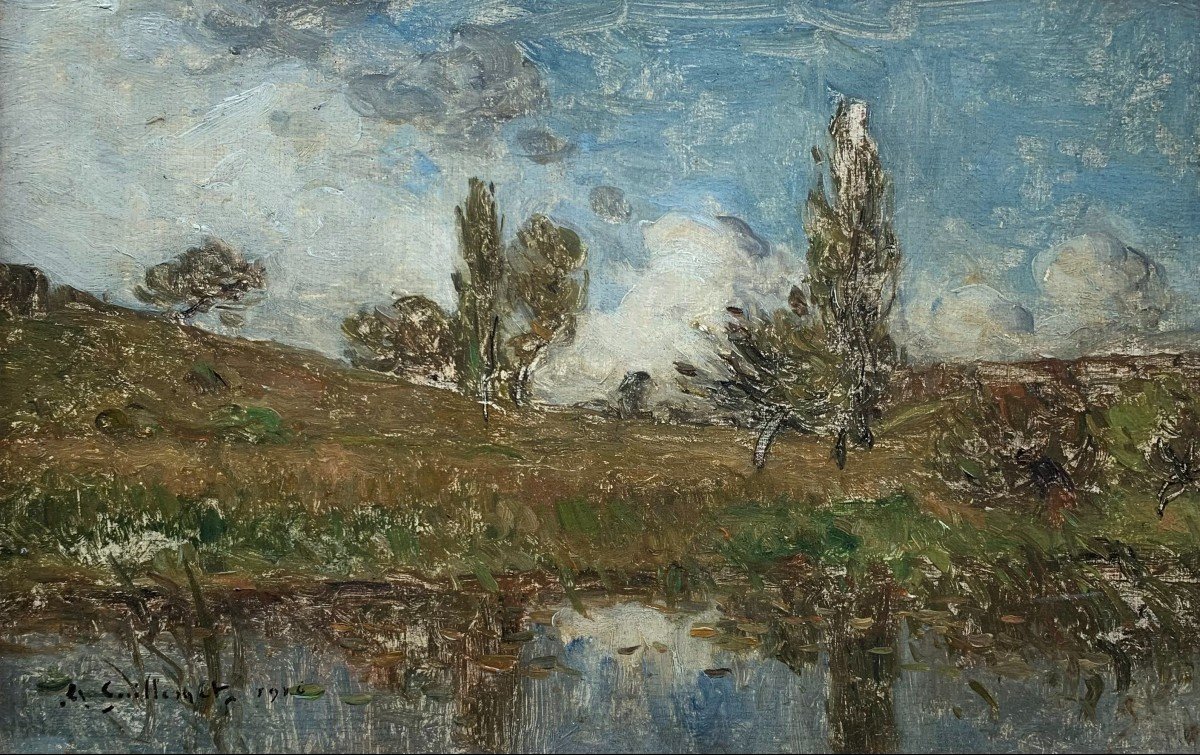
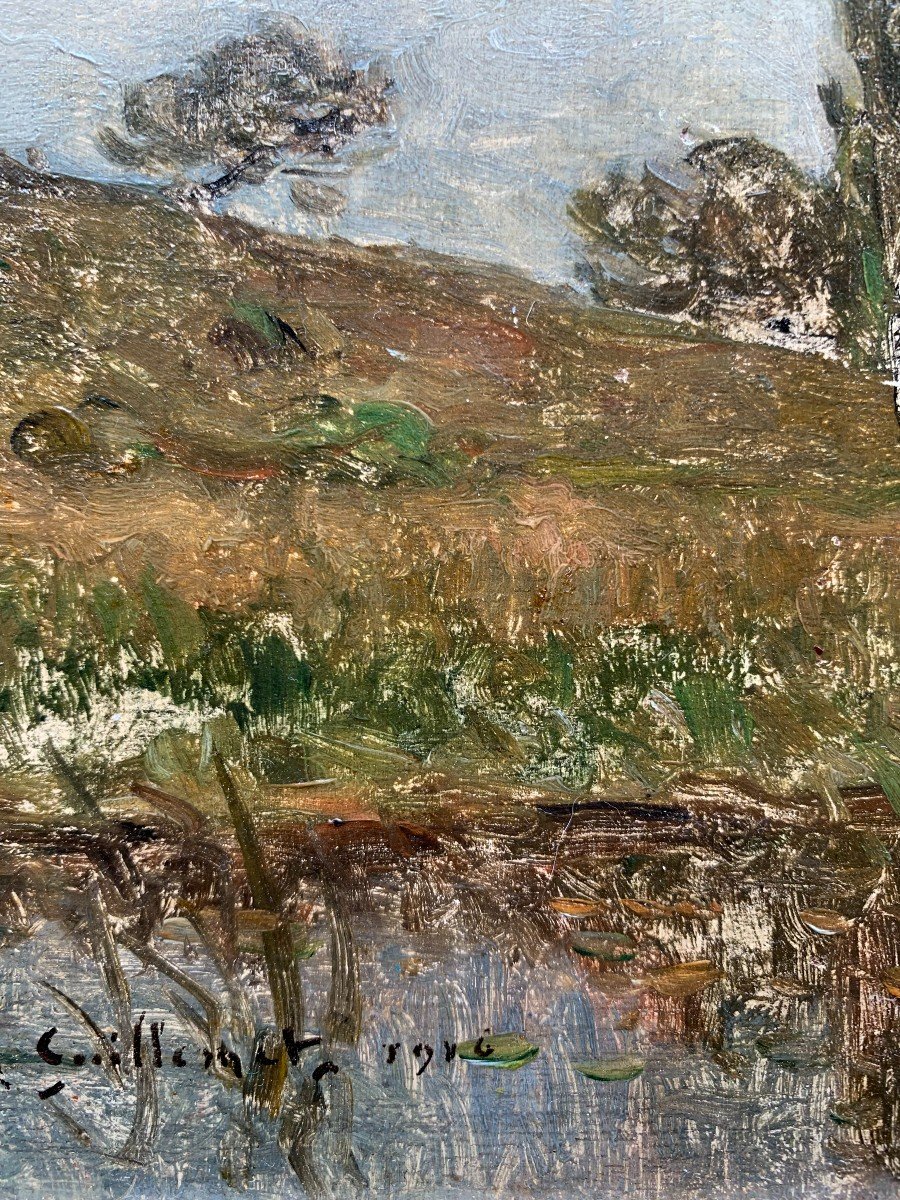
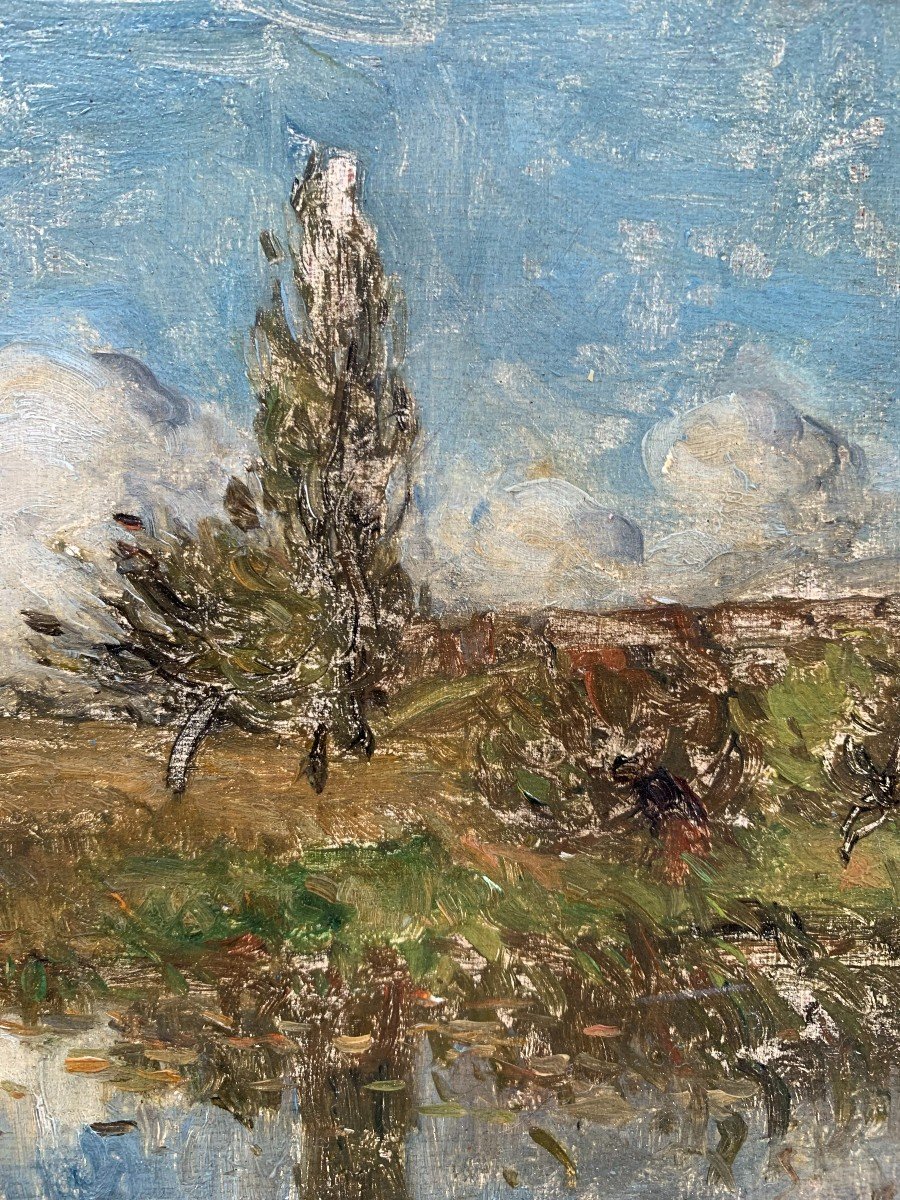
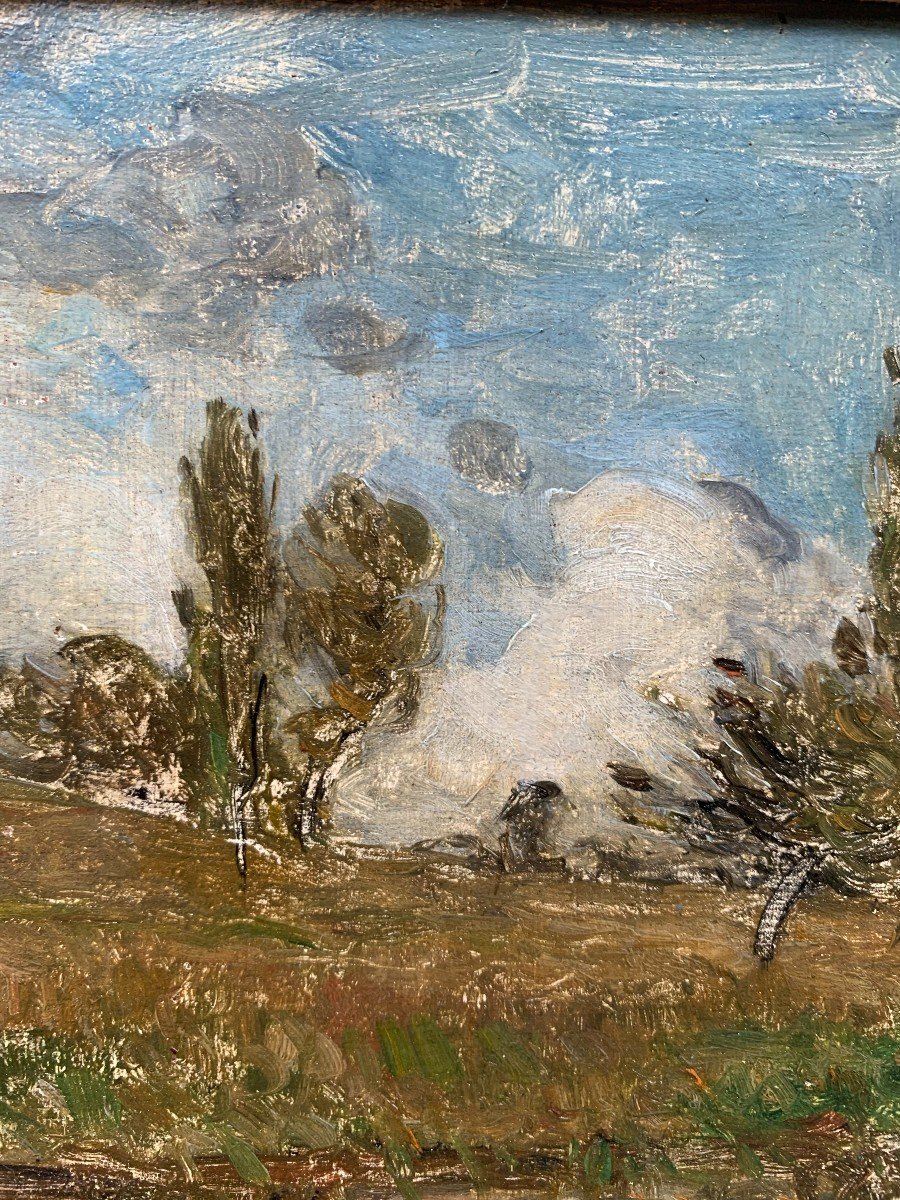

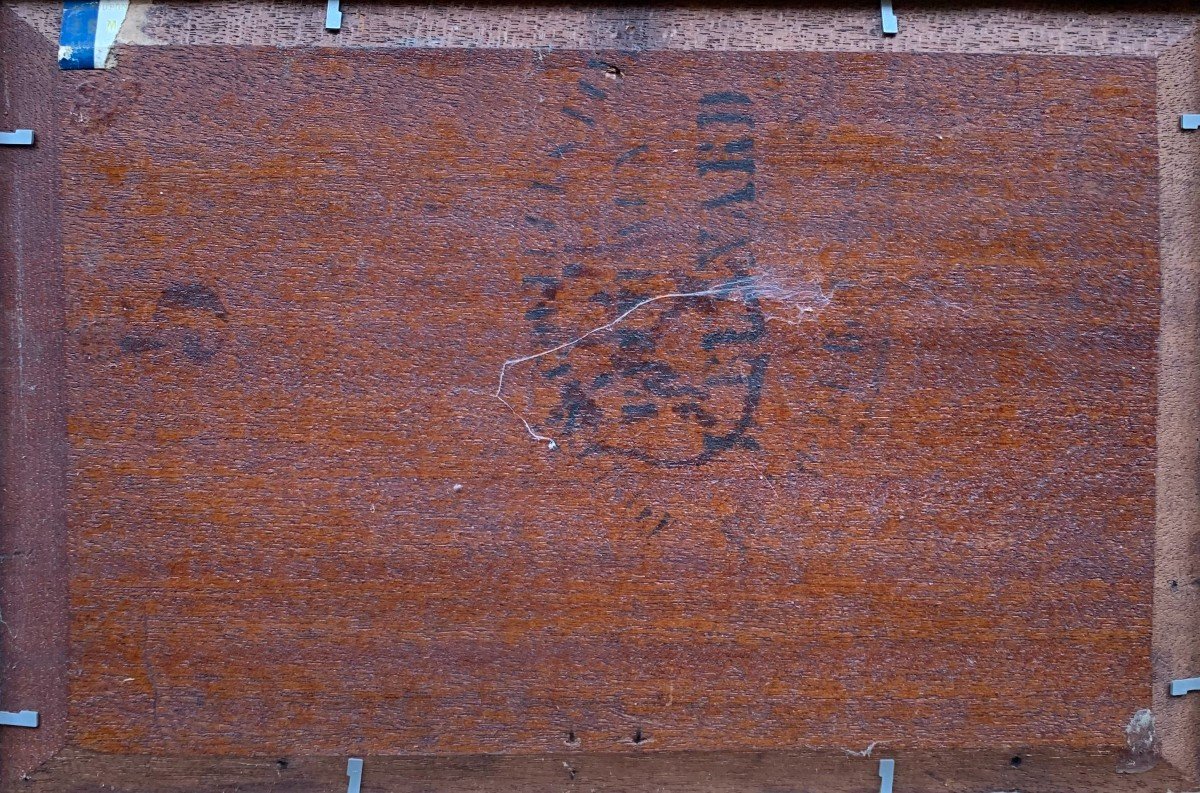









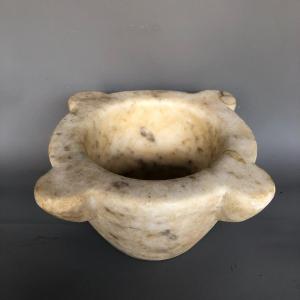
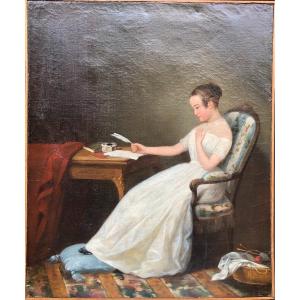
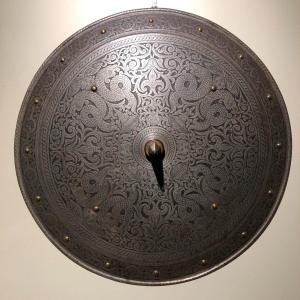


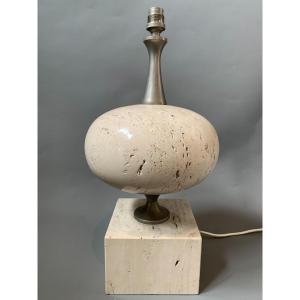


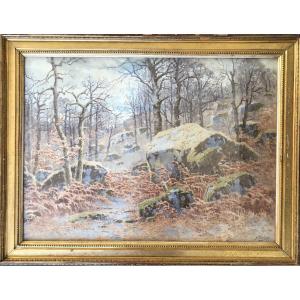
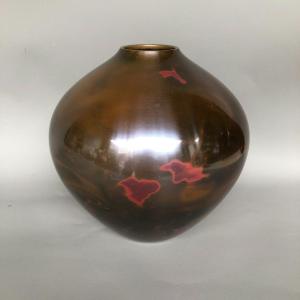
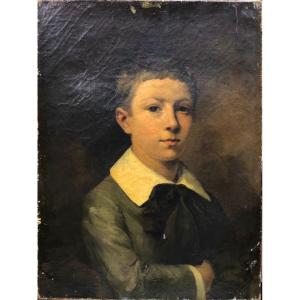
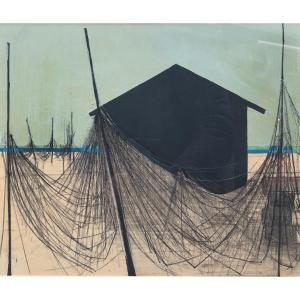
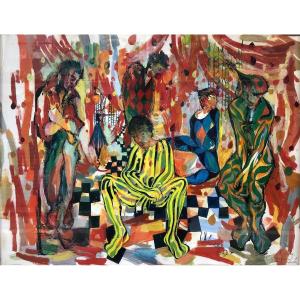


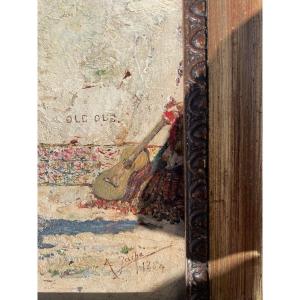

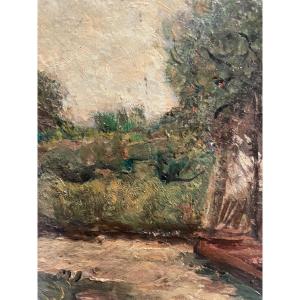




 Le Magazine de PROANTIC
Le Magazine de PROANTIC TRÉSORS Magazine
TRÉSORS Magazine Rivista Artiquariato
Rivista Artiquariato